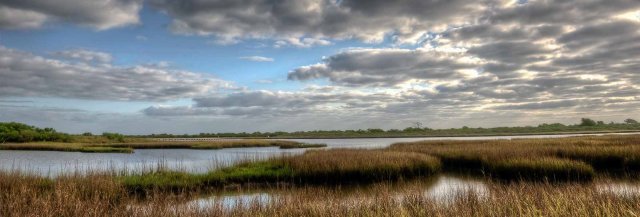Restoring the Gulf of America After the Deepwater Horizon Oil Spill
On January 20, 2025, President Trump issued an Executive Order Restoring Names that Honor America Greatness, which renames the Gulf of Mexico to the Gulf of America. On January 24, 2025, the Department of Interior announced the implementation of this change with immediate effect for federal use. This website has been updated accordingly.
In 2010, the unprecedented Deepwater Horizon oil spill impacted the Gulf of America ecosystem and communities from Texas to Florida. EPA, in partnership with other federal and state departments and agencies, is making significant progress in addressing the impacts of the spill. The agency and its partners will work to sustain this progress into the future.
Deepwater Horizon Natural Resource Damage Assessment and Restoration


